Etco2 is regarded as the 6th basic vital sign besides ECG, SpO2, BP, RR, PR, and Body Temperature. The AHA and the American Society of Anesthesiologists(ASA)recommend the use of ETCO2 for monitoring in Cardiopulmonary Resuscitation (CPR) and Anesthesia to improve the quality of CPR, ensure anesthesia safety, and reduce accidents. Portable and compact, the Capnograph is ideal for pre-hospital and in-hospital transport and can be well used in bedside monitoring to monitor the patient's breathing status and detect breathing abnormalities in time.
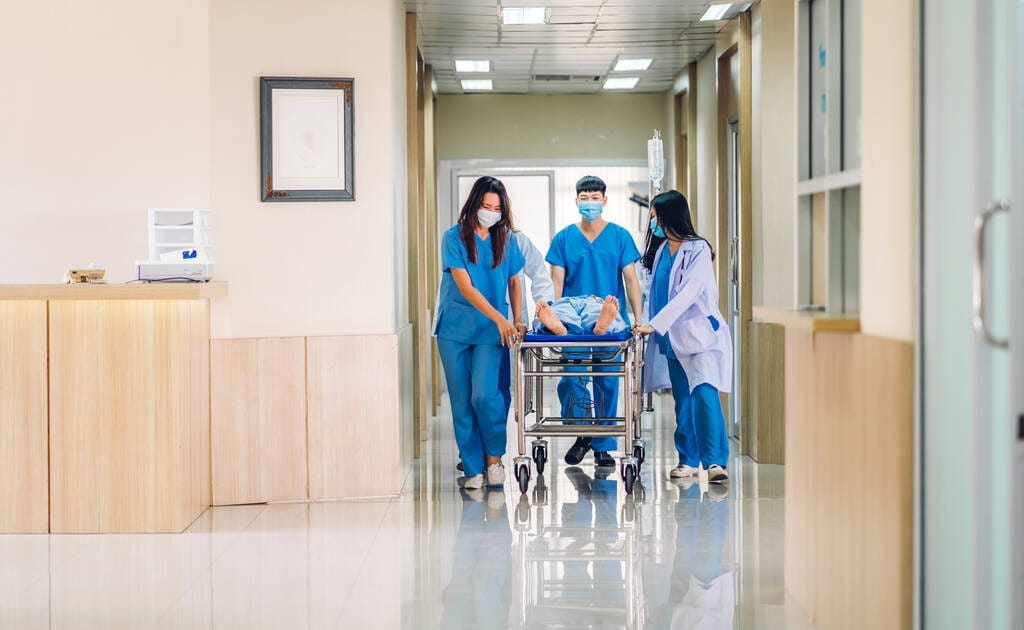
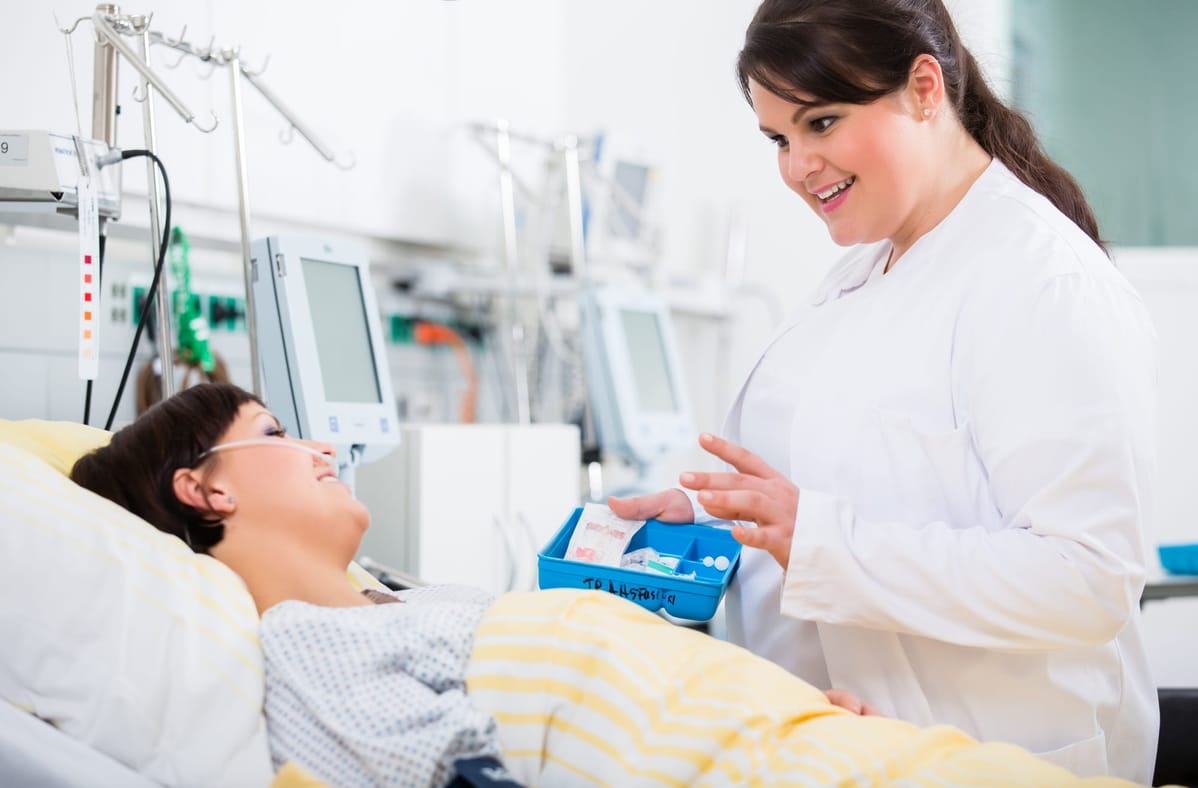
In the ICU, PaCO2 analysis is often used to guide the setting of ventilator parameters. However, PaCO2 is an invasive test, which often brings pain to patients and increases the possibility of wound infection. In clinical practice, there is a good correlation between PaCO2 and ETCO2. The characteristics of end-tidal carbon dioxide monitoring are non-invasive, real-time, continuous, and convenient. The number of blood gas analysis can be greatly reduced and the pain of patients can be reduced by using capnography monitoring.
By observing the ETCO2 capnography, the doctor can be instructed to choose the appropriate sputum suction timing, adjust the ventilator parameters, observe whether the muscle relaxation effect disappears, whether the spontaneous breathing is restored, and guide the withdrawal of the ventilator. It can be used in conjunction with the ventilator during the transfer, to detect the abnormal situation during the transfer of the patient in time and reduce the accidents.
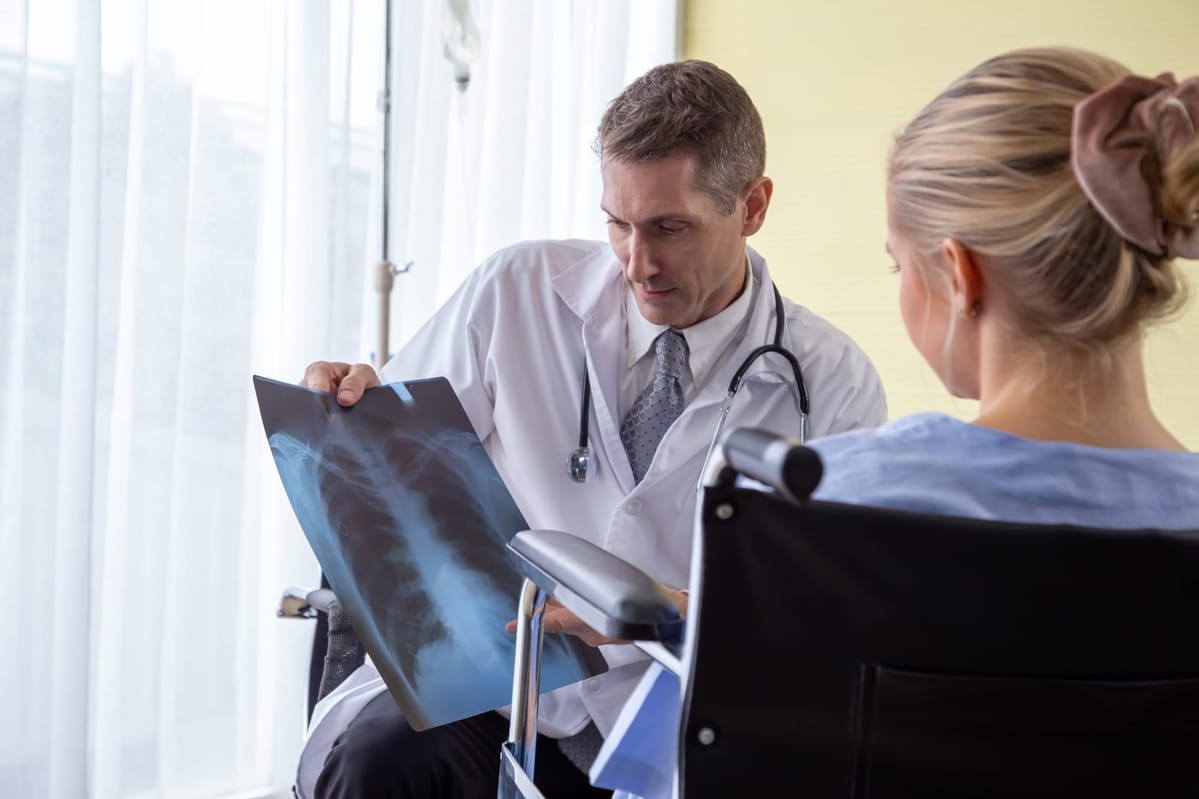
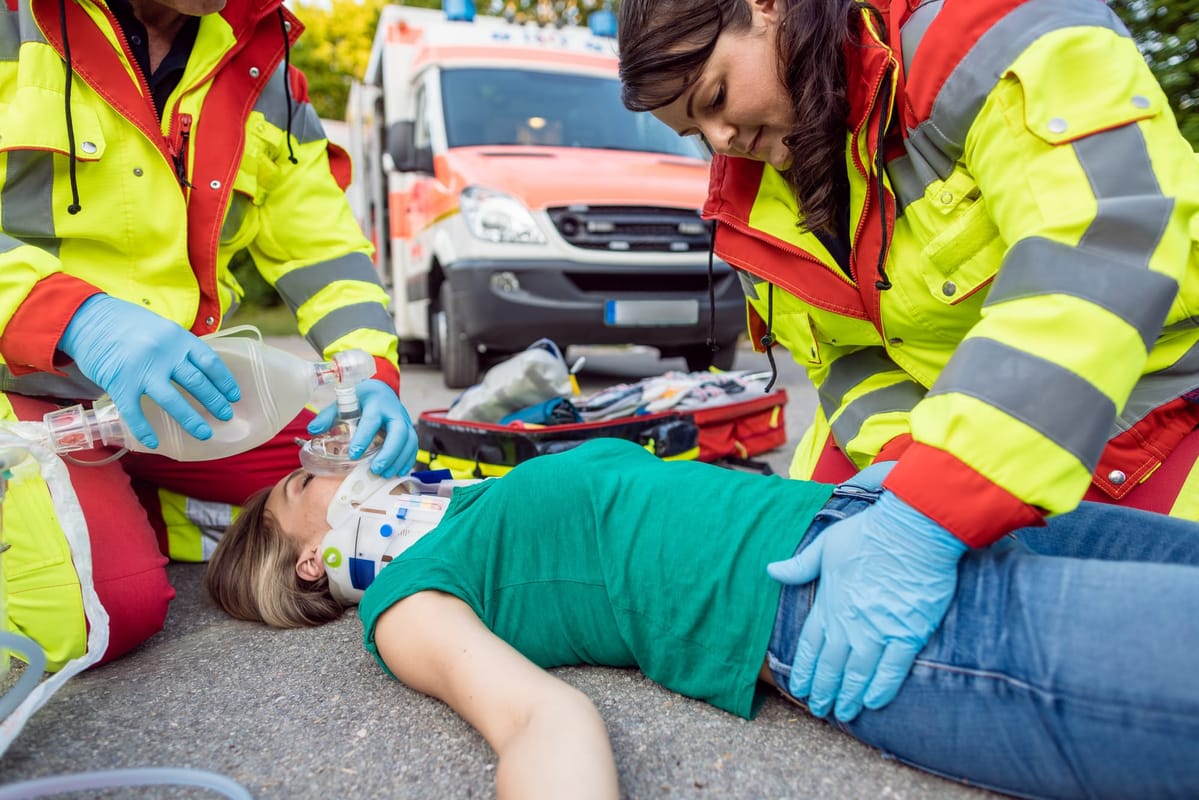
Our products play a vital role in Pre-hospital Emergency. Especially in CPR,endotracheal tube positioning, as well as identification and classification of injured patients, etc.
Before the operation: Positioning of tracheal intubation;During operation: Breathing monitoring, instructing the ventilator to work, and adjusting the ventilator parameters;After operation: Respiratory monitoring during transfer to PACU and Ward to detect abnormal conditions in time; Monitoring to guide the removal of ventilator.
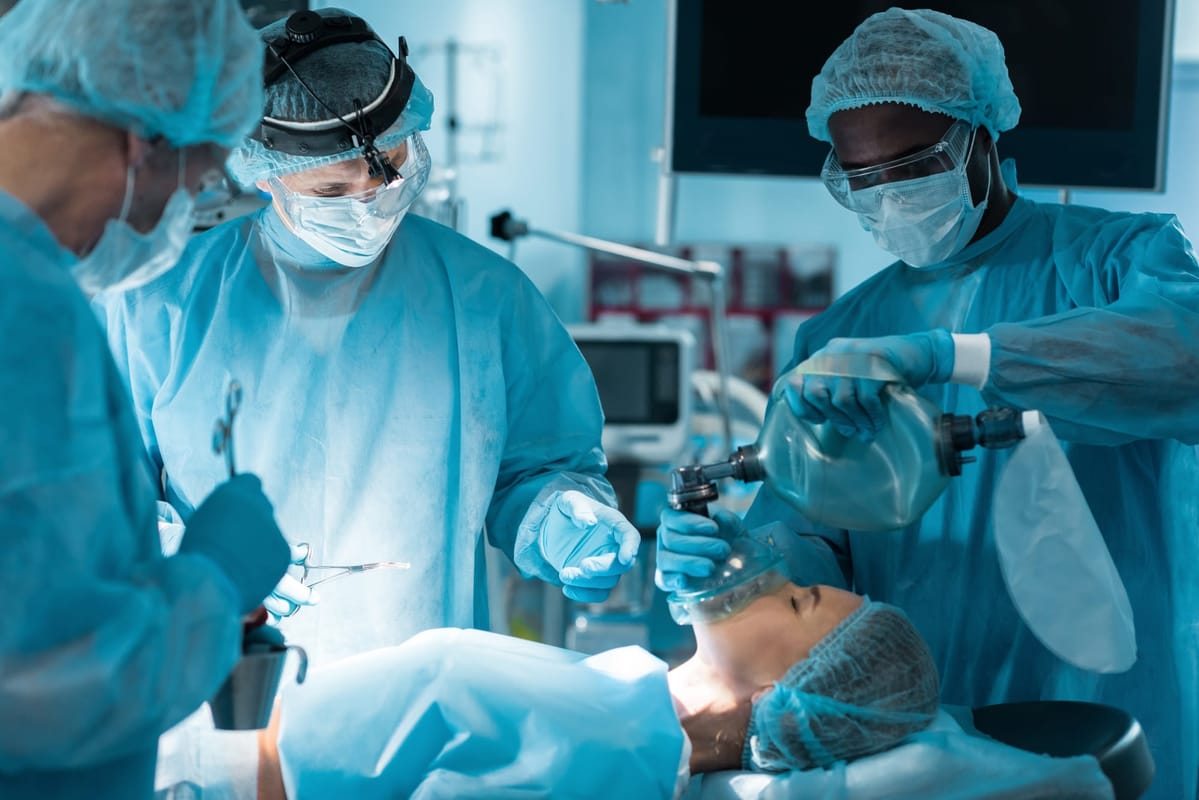
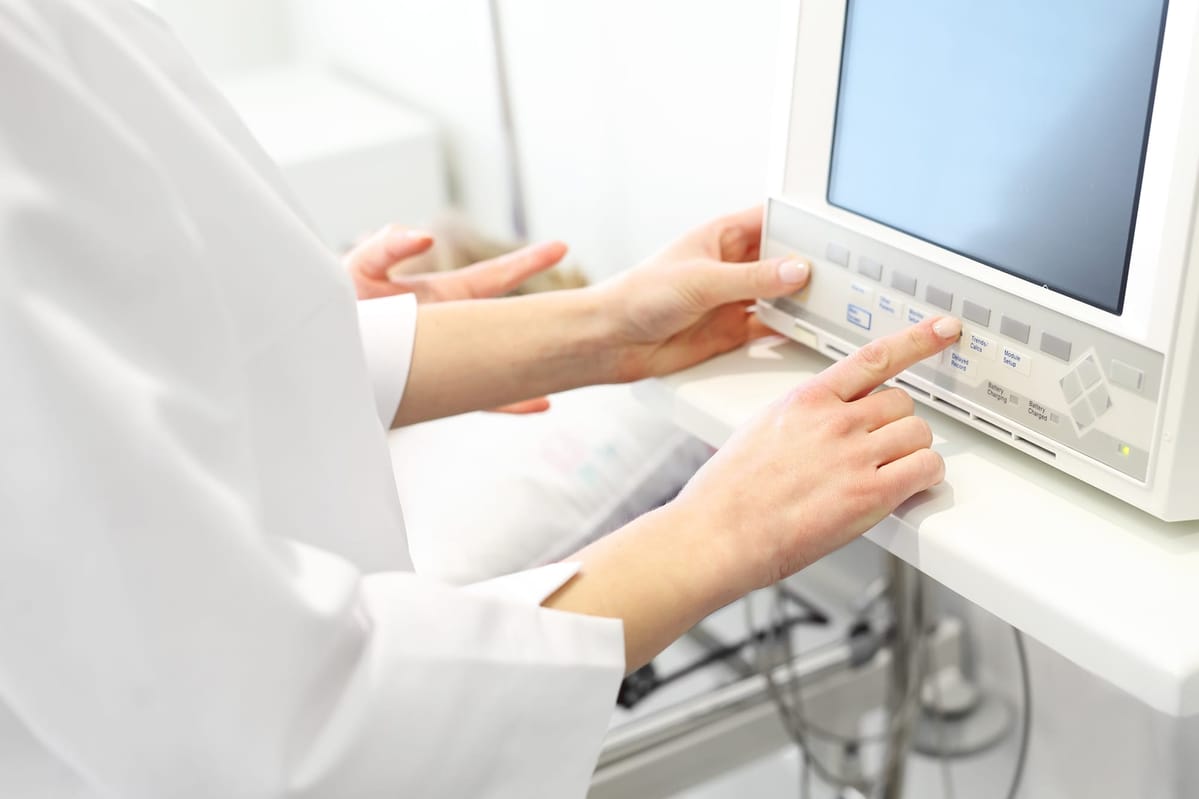
During the transferring to PACU or sickroom, ETCO2 is used for respiratory monitoring, and abnormal situations such as respiratory depression or tracheal intubation displacement can be detected in time; in PACU, ETCO2 is used for bedside monitoring to observe whether the muscle relaxation effect disappears and guide the removal of the ventilator.